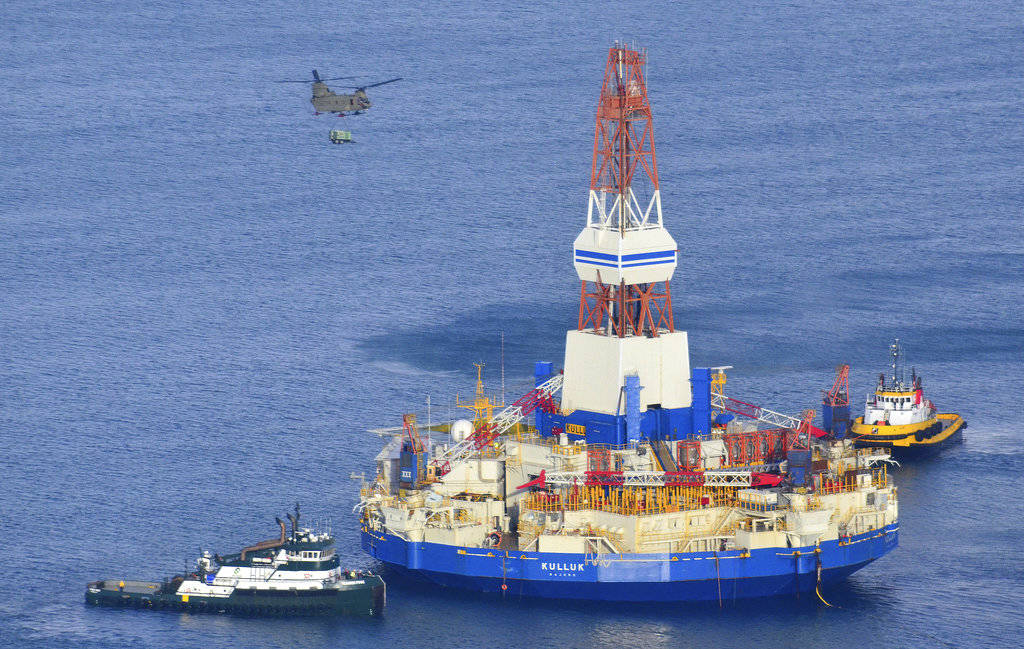Human-caused greenhouse gas (GHG) emissions in Alaska have decreased by 8 percent since 1990, according to an updated report from the Department of Environmental Conservation released Tuesday.
The state’s per-capita emissions are still some of the highest in the nation, but overall, Alaska is 40th out of all 50 states and Washington, D.C. for greenhouse gas emissions.
According to the new report, Alaska has the fourth highest per-capita greenhouse gas emissions of any state in the country. Only West Virginia, North Dakota and Wyoming came in higher in per-capita emissions.
The updated report adds data from 2011-2015 to a report from 1990-2010. Some of the trends found in the report are new, some are ongoing.
“One of the really significant findings in some ways was the stability that we’re seeing in this report,” said Denise Koch, director of the Division of Air Quality. “The major emitters are the same, those patterns haven’t changed.”
In 2014, Alaskans contributed roughly 35 million metric tons of carbon and carbon equivalent. Thirty-nine states had higher overall greenhouse gas emissions, with Texas being the highest at almost 650 million metric tons and D.C. the lowest with just a few metric tons.
Each of the states which came in higher in per-capita emissions has a population below 2 million and comparably large amounts of industry. Industry (54 percent) and transportation (35 percent) are Alaska’s two biggest greenhouse gas emitters by sector.
“We do know that’s consistently been the largest slice of the pie,” Koch said.
The report will inform Gov. Bill Walker’s new Climate Action Leadership team, Koch added. It measures six gases, including carbon dioxide, known to contribute to global warming. Known as the “Kyoto” chemicals, the report measures how much of each Alaskans are putting into the atmosphere and weights them based on their propensity to increase the greenhouse effect, a leading contributor to global warming. Natural sources of greenhouse gases, like wildfires, are not included in the report.
The state has seen an overall decrease of about 8 percent in the amount of greenhouse gas, measured in millions of metric tons, released into the atmosphere on an annual basis since 1990. That decrease has kept pace with an overall decrease in U.S. emissions.
Alaska’s emissions peaked at about 50 million metric tons 1995-2007 and have continued on a mostly downward trend since then, dropping down to around 40 million metric tons in 2015.
The decline could have to do with changes to the economy and the oil industry. Or it could be due to changing cultural practices, like fewer people opting to bike to work or reuse shopping bags.
“We can’t pinpoint a part cause for that decline,” Koch said.
Alaska’s emissions are a small part of the U.S.’s overall, making up 0.63 percent of total U.S. human-caused emissions. Worldwide, that share is about .009 percent.
• Contact reporter Kevin Gullufsen at 523-2228 and kevin.gullufsen@juneauempire.com. Follow him on Twitter at @KevinGullufsen.

